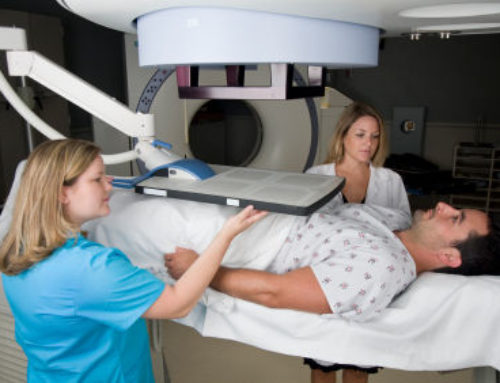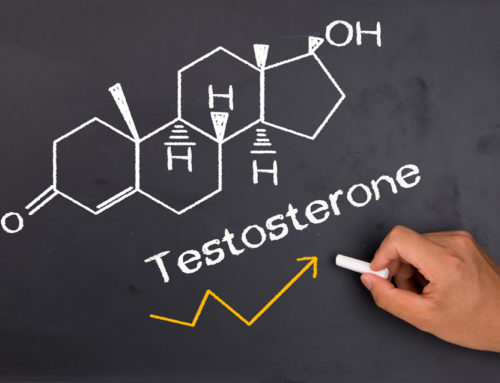A non-enlarged prostate is a walnut sized gland situated just below the bladder in males, with the urethra (water channel) running right through the middle of it. As males mature and age, the prostate will typically grow as a response to testosterone (male hormone). This enlargement process can cause difficulty with urination, referred to as bladder outlet obstruction. Imagine the prostate as a doughnut, and the water channel as the hole in the doughnut. As the doughnut enlarges, the hole gets smaller. This enlargement begins to compress the water channel thus slowing the stream possibly causing symptoms such as getting up at night to urinate, hesitancy, urgency and dribbling. Without treatment this obstruction can cause permanent bladder damage that may be manifested in one of two ways. (((What are the 2 ways??)))
The bladder, a hollow muscle, stores urine and then empties completely. As the prostate grows and begins to obstruct the bladder, the bladder may get stronger. However, once the bladder is at maximum strength and the obstruction worsens, the bladder may become weaker causing the symptoms mentioned previously. In extreme circumstances, the bladder may become so weak that one cannot urinate at all. This is known as a flaccid neurogenic bladder. Once someone develops a flaccid neurogenic bladder it is usually permanent – meaning the only way to urinate is with a catheter. Conversely, as the bladder gets stronger, it may accumulate collagen deposits (trabeculation) that can lead to severe urgency and frequency, also known as a hyperactive bladder. If symptoms are ignored and untreated, the damage to the bladder may become permanent and the urgency and frequency might persist even after treatment of the enlarged prostate.
In the past, the only treatment for an enlarged prostate was an operation, transurethral resection of the prostate (TURP), that required hospitalization; a major operation with possible major complications. Treatment was suggested only after symptoms became severe to warrant such a procedure.
Presently, there are medications (Flomax or tamulosin) as well as minimally invasive procedures (Prostiva) to treat the symptoms of an enlarged prostate. Therefore treatment is recommended much earlier in an effort to stop permanent bladder damage.
While primary care physicians may treat the symptoms of an enlarged prostate with medication, thorough evaluation of bladder outlet obstruction due to an enlarged prostate to assess potential bladder damage can only be done by a Urologist.






